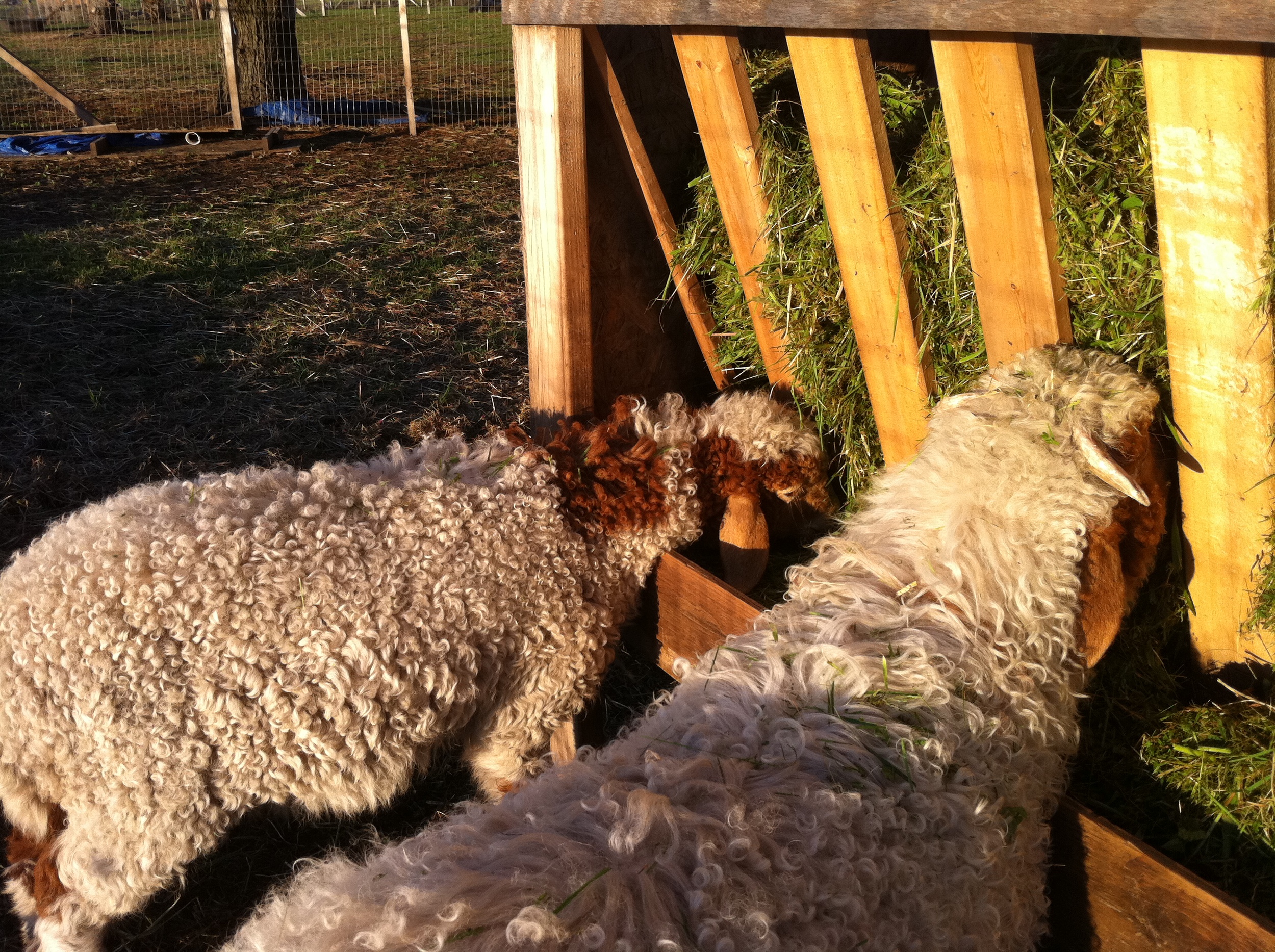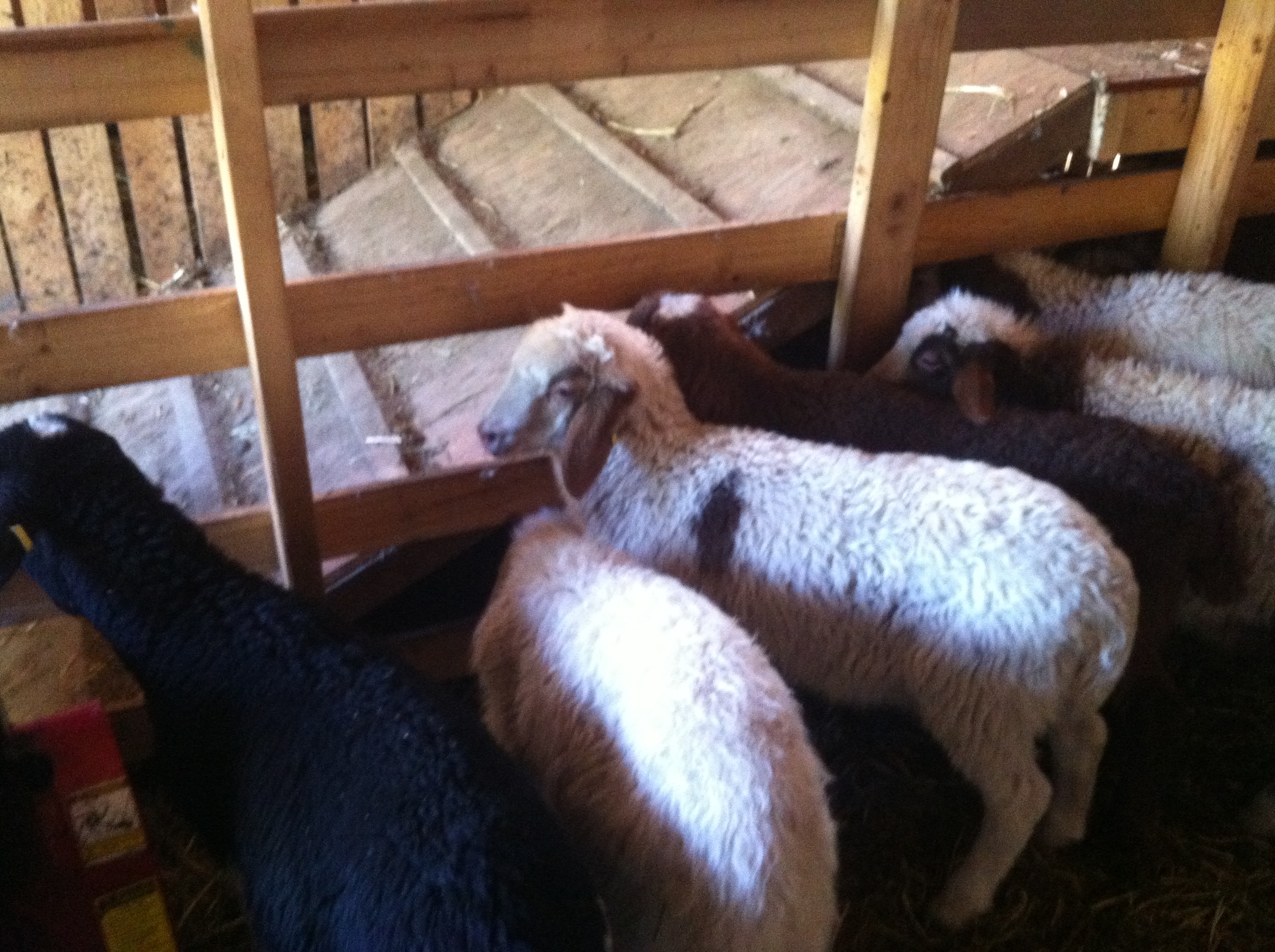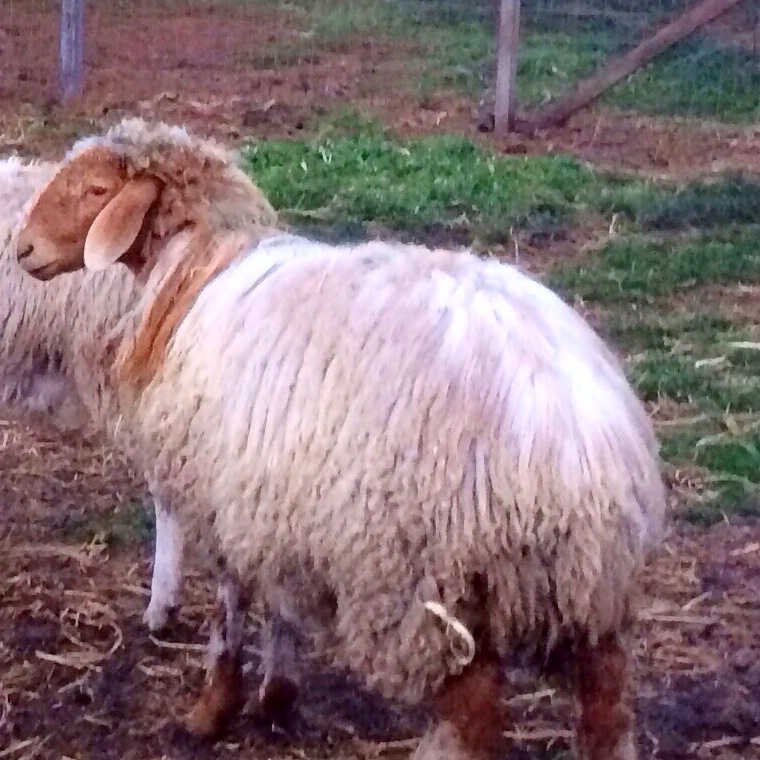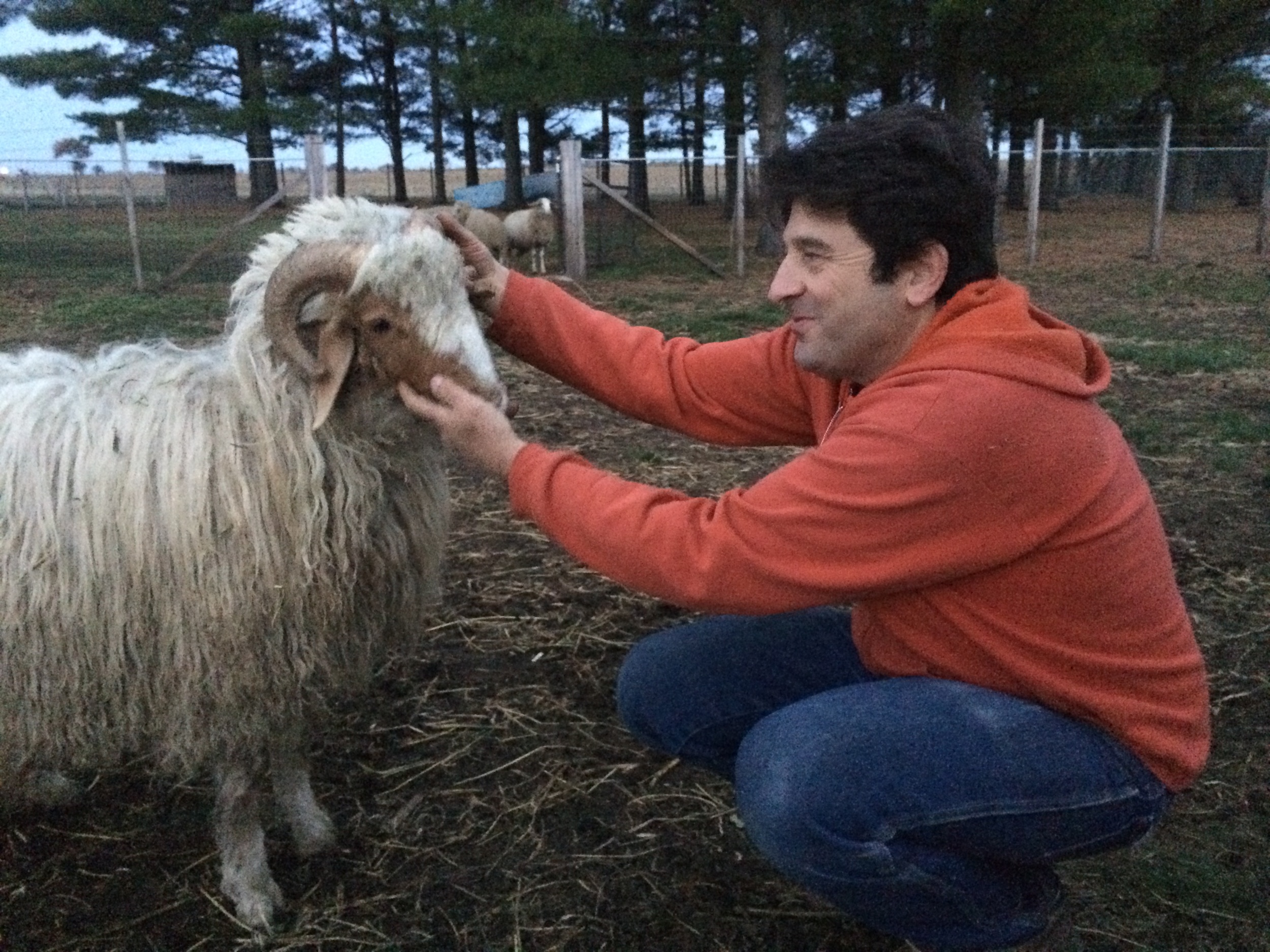Milk Matters: Great Milk Makes Great Cheese
At its heart, cheese is about milk. Without milk, there would be no cheese. Sounds simplistic, but it's anything but. Milk is an endlessly fascinating and complex liquid and to understand it is to understand the essence of cheese.
Through my experience with the cheesemaking community, I have had an incredible opportunity to observe one of the most ancient rhythms of humanity - the birth of an animal, the abundance of milk that ensues and the symbiotic relationship that has existed between humans and their livestock for countless millennia.
In cheese, I see the ultimate product of that relationship: preserving and concentrating vital nutrients in times of plenty in a tasty, long lasting and portable food.
Archaeological evidence suggests sheep were the first milk-producing animals domesticated by about 8000 BC with goats and cows following. Early cheesemaking is shrouded in pre-recorded history, but there is evidence of cheesemaking tools as far back as 7000 years ago.
Shepherding was one of the earliest service professions, as communities pooled their animals, sending them to graze in the hills, preserving close-in land for agriculture. In many cases, shepherds were also the cheesemakers as well, making and aging cheese and tending animals in remote pastures and returning to villages in the fall with cheeses to sustain through the winter months.
Over the centuries, the production of this essential food was elevated to an art form, with regional specialties emerging as animal breeds established themselves and flourished in certain areas based on geography and climate - a true expression of terroir, a French term that connotes specificity of place.
Milk Types
The three most common milk sources for cheese are cow, goat and sheep, though water buffalo, yak, reindeer and other unusual milks also may be used. The flavor profile, fat and protein content of each milk varies, as does the preferred environment of each breed.
Milk is an average of 87 percent water, which separates from the suspended solids - proteins and fat - during cheese production. Excess liquid is drained off as whey. On average, it takes 10 pounds of cow's milk to make one pound of cheese. Richer, more concentrated sheep's milk requires six pounds of milk to produce one pound of cheese.
Cows
Cows prefer cooler, northern climates and flourish in temperate, high-moisture environments. They are the largest stature of the three primary dairy animals and produce the most milk volume per animal. The ubiquitous black and white cow, the Dutch Holstein, was bred to be a champion milker, producing up to six gallons of milk a day. For cheesemaking, breeds like the Jersey, Ayrshire and Brown Swiss are stars, producing a lower volume of milk with higher fat and protein, perfect for making cheese. Cow's milk cheeses often reflect a buttery, sweet flavor profile.
Goats
Goats can tolerate hotter, more arid environments and are notoriously finicky about rain - they do not like it! Goats browse, meaning they enjoy a variety of shrubs, woody plants, weeds and vines. Prized cheesemaking breeds vary in size and milk production - from the large Alpine, Nubian, and La Mancha to the small Nigerian Dwarf. Fresh goat milk smells creamy and sweet and the cheese has a lemony aroma and tangy flavor when fresh and a spiciness that develops with age.
Sheep
Sheep are extremely hardy and are well established throughout the arid plains of Spain, southern Italy, Greece and the rest of the Mediterranean. They also thrive in the cool, moist regions of northern Europe, though the most famous sheep milk cheeses come from the warmer climates.
Sheep dairying was one of the first organized industries in the world, producing wool, milk cheese and meat. Today, it is the least common cheesemaking milk in the US. Thankfully cheeses made with sheep milk both imported and homegrown, are booming in popularity because of their nutty, savory flavor and rich texture. The most common American dairy sheep are the East Friesian and Lacaune.
Try It!
To get a sense for the flavor profile of each milk type, head on over to your local cheesemonger or the cheese case at any upscale grocery and look for one cheese from each category below:
Goat - Fresh chèvre (look for a locally produced variety, if possible) or a ripened (rinded) cheese like Bucheron or Humboldt Fog. Serve these bright, tangy and delectable cheeses with a crisp, acidic white wine like Sauvignon or Pinot Blanc.
Sheep - Ossau Iraty or Manchego, two excellent sheep cheeses from France and Spain respectively. If you're lucky enough to have a local sheep creamery, do give their cheeses a try! Rich and savory, sheep milk cheeses pair perfectly with fruity, smooth reds like Zinfandel or Syrah.
Cow - Fontina or Gruyere are two traditional cow's milk cheeses that reflect the traditional buttery, sweet notes characteristic of cow's milk. Beverage pairing options are quite versatile - enjoy with lower-tanning reds or even bold, spicy white wines.
As you are tasting, note particular aromas, flavors and texture characteristics. Which are your favorite flavor profiles? Which cheeses do you like most? Knowing your favorites will help you determine what other types of cheeses you'll likely enjoy. Happy Savoring!
Christine has over 10 years experience promoting and celebrating Artisan and Specialty cheese from North America and around the world. She shares her passion and expertise via food writing, photography, video, recipes, in-person guided tastings and via her blog: http://cheesechickchat.com/ Christine serves as the current President of the American Cheese Society ( http://cheesesociety.org ), North America's premiere organization supporting and promoting Artisan, Farmstead and Specialty Cheese.
Article Source:
http://EzineArticles.com/?expert=Christine_Hyatt
Related Sheep Milk Articles
 Most people in the US are unfamiliar with Dairy Sheep Breeds so it comes as no surprise that many have not heard of the Awassi. Up until now, only two breeds of dairy sheep have been available in the US, the EastFriesian and the Lacaune. Two dairy sheep breeds from from Germany and France, respectively. Now a third breed joins us. The Awassi is a triple purpose breed of sheep used for it meat, wool and milk but primarily kept for it's milk. This breed is usually said to be from Israel but it can be found in many Middle Eastern Countries as it is the primary breed of sheep raised in that region of the world. Aside for it high milk production, the breed is know for its hardiness. The breed has been developed under a nomadic model in some one of the harshest environments on the planet, so one can see how it has become such a resilient breed of sheep. Dairy sheep tend to be rather fragile, the Awassi breaks that mold.
Most people in the US are unfamiliar with Dairy Sheep Breeds so it comes as no surprise that many have not heard of the Awassi. Up until now, only two breeds of dairy sheep have been available in the US, the EastFriesian and the Lacaune. Two dairy sheep breeds from from Germany and France, respectively. Now a third breed joins us. The Awassi is a triple purpose breed of sheep used for it meat, wool and milk but primarily kept for it's milk. This breed is usually said to be from Israel but it can be found in many Middle Eastern Countries as it is the primary breed of sheep raised in that region of the world. Aside for it high milk production, the breed is know for its hardiness. The breed has been developed under a nomadic model in some one of the harshest environments on the planet, so one can see how it has become such a resilient breed of sheep. Dairy sheep tend to be rather fragile, the Awassi breaks that mold.


